When hiking Utah, essentials and knowing what to pack on a solo adventure are key. Whether you’re exploring the challenging terrains of Zion National Park or the breathtaking viewpoints of Arches, being well-prepared ensures your safety and enjoyment.
This guide is a break down everything you need to pack for your solo trip, learning specifically from my own adventures in Utah. From essential gear to accessories and tips that cater specifically to solo hikers.
This post may contain affiliate links. Your purchase through these links supports me with a commission, at no added expense to you.
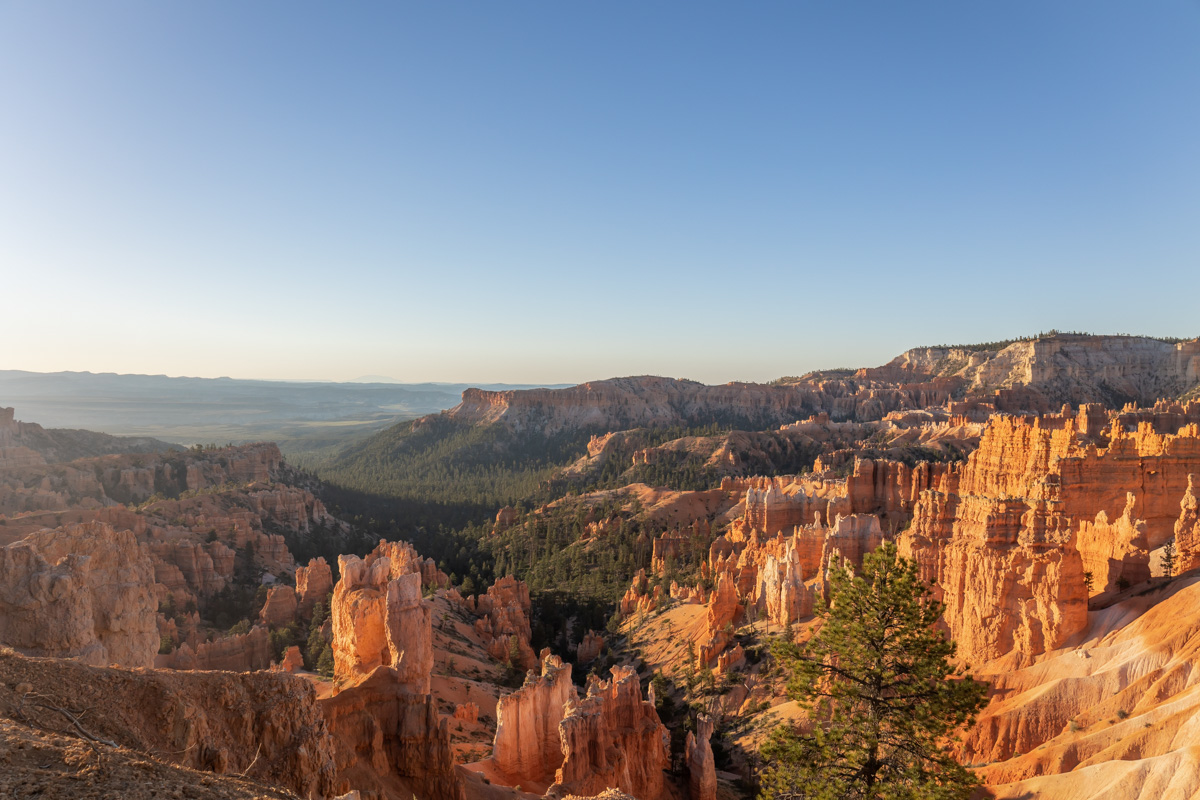
- WHY PACKING HIKING UTAH ESSENTIALS IS CRUCIAL
- PROS AND CONS OF HIKING UTAH SOLO
- WHAT HIKING UTAH ESSENTIALS ARE NEEDED FOR A SOLO TRAVELLER
- FULL GEAR SET UP
- DAY PACK ESSENTIALS
- IN SHORT, YOUR PACK SHOULD INCLUDE THESE HIKING UTAH ESSENTIALS:
- PHOTOGRAPHY EQUIPMENT FOR SOLO TRAVELLERS
- HOW TO PLAN FOR UTAH’S WEATHER AND TERRAIN
- STAYING SAFE: SOLO HIKING IN UTAH
WHY PACKING HIKING UTAH ESSENTIALS IS CRUCIAL
Packing for a hiking trip might seem straightforward, but the conditions in Utah especially on solo hikes, can be unpredictable. With vast deserts, deep canyons, and high elevations, you’ll want to ensure you have the right essentials for hiking Utah in order to handle various weather patterns and potential risks.
I specifically chose May as this is when the weather is not too hot or cold and is much more stable. It also was a calculated choice in order to avoid the crowds that come through in summer.
PROS AND CONS OF HIKING UTAH SOLO
Solo hiking has its unique benefits and challenges. Let’s explore both sides to give you a clear idea of what to expect.
Pros:
- You set your pace and itinerary.
- Freedom to literally do whatever you want, whenever you want.
- Grow your independence.
- Loads of time for self-reflection.
- Form connections with great people that you otherwise wouldn’t have.
Cons:
- Limited support.
- Requires more extensive planning and preparation.
- It can be very lonely at times and exhausting, especially if you’re covering a lot of ground.
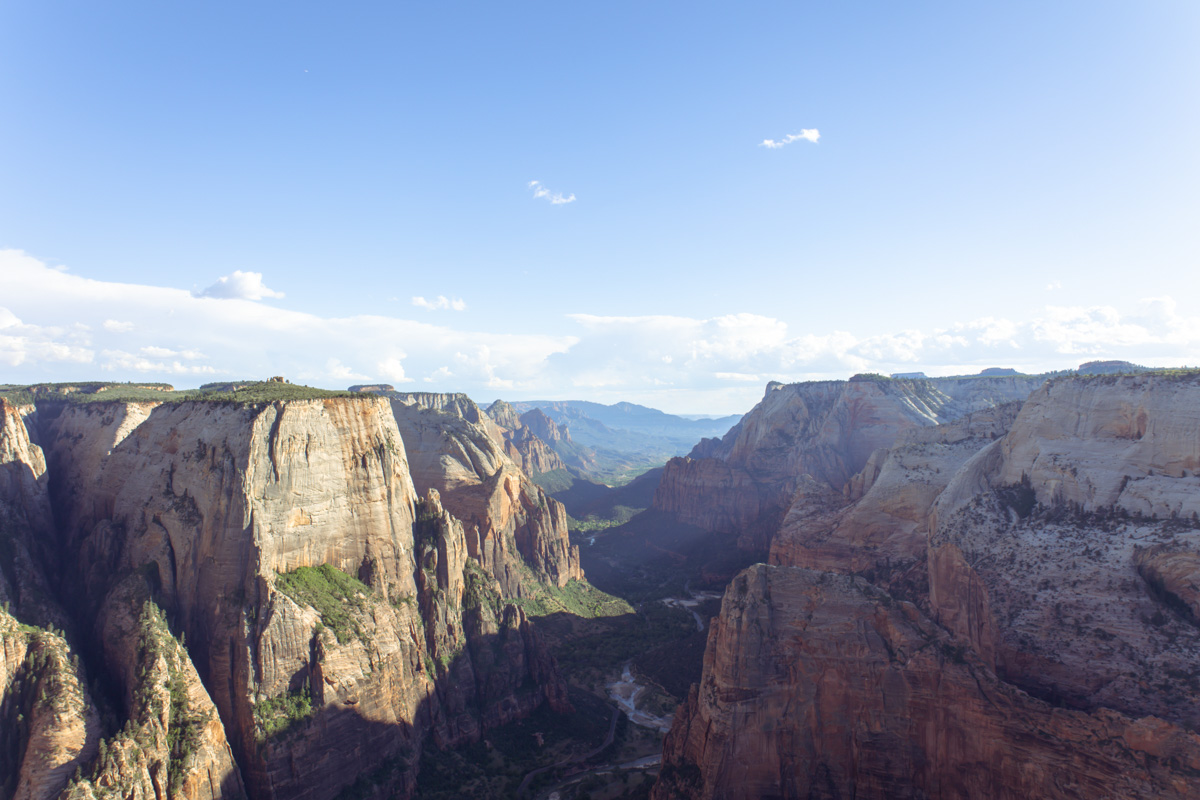
WHAT HIKING UTAH ESSENTIALS ARE NEEDED FOR A SOLO TRAVELLER
Packing the right gear for solo hikes is essential for safety. From reliable hiking shoes to first aid supplies, here’s what to include as a part of your hiking Utah essentials full gear setup and then what to carry in your day pack:
FULL GEAR SET UP
Reliable Hiking Backpack: A good hiking backpack is a must. Look for one with sturdy, adjustable straps, a hydration system, and multiple compartments. A 30-40 litre capacity should suffice for a solo day hike, though longer treks will require more space.
The backpack I used for my day trips was multi-purpose as I also wanted a safe custom space for my camera and tripod. My Thule Aspect DSLR Backpack fits a DSLR camera, DJI Mavic Pro, along with everything I needed for my day hikes. The interior with multiple pockets helped me keep everything organised, while padded shoulder straps, a hip belt, and an air mesh back panel ensured comfortable carrying. The detachable hip belt with pockets, tripod storage, and adjustable straps were also a great addition.
Hiking Boots or Trail Shoes: The footwear you choose should depend on the trail difficulty and terrain. Traditionally, hiking boots offer more support on rugged terrain, while trail shoes are lighter and ideal for well-maintained paths. One tip is to make sure they’re waterproof and broken in before your trip.
Due to the limited amount of space in my bag, I opted for trail shoes. However, I was sticking to well-known trails and it was a dry time of year. Utah’s terrain is often dry and dusty, with loose sand and fine dirt that can make some paths slippery. I found the lightweight Hoka One Womens Challenger Trainers perfect as they handled the dry, dusty conditions well, giving me loads of grip and were super comfortable.
Navigation Tools–Offline Google Maps, GPS and Map: I would suggest to never fully rely on a smartphone for navigation, as service can be spotty and if not prepared with an external battery, can be a bit risky. My first instinct when travelling solo was to download the area I was travelling as an offline Google Map. But additional to that, I would also grab a map of the area (provided on entry at most of the national parks). I think if you’re venturing out into more remote terrain consider also taking a compass as backup. The National Park Service, being the experts that they are, recommend practicing your navigation skills before you hit the trail. Not a bad idea.

DAY PACK ESSENTIALS
Sun Protection: Utah’s desert sun is harsh, so I definitely included the following as a part of my hiking Utah essentials for sun protection—sunscreen, SPF lip balm, sunglasses, and a hat. SkinCancer.org mentions “UV exposure increases by 4-5% for every 1,000 feet above sea level,” making sun protection pretty crucial in Utah’s higher elevations.
Layers of Clothing: Utah’s temperatures can fluctuate dramatically between day and night. I made sure to pack moisture-wicking base layers, an insulating mid-layer (such as a merino fleece), and a waterproof outer shell. This three-layer system meant that no matter what the weather, I was prepared and comfortable.
Trekking Poles: Even though I didn’t use trekking poles on my trip due to overall bag restrictions I think they’re a great addition to a day pack. They offer stability, reduce impact on your knees, and help maintain balance on tricky terrain. They can also reduce fatigue, especially on steep inclines.
Hydration: An obvious one but water is essential, for any kind of hike. Use a hydration bladder for easy access while hiking. I used mine in the laptop sleeve since there wasn’t an allocated spot in my pack and it worked perfectly. Also make sure to pack water purification tablets or a filter for longer hikes—it’s an essential part of what you’ll need for hiking Utah.
Multi-tool or Knife: A multi-tool is handy for any of those unique situations where it may be needed.
Pepper Spray: Safety is paramount, especially when hiking solo. Carrying pepper spray provides an extra layer of protection against potential wildlife encounters or unwanted situations. It’s lightweight, easy to use, and for me, it offered peace of mind while exploring trails alone.
Snacks and Portable Cutlery: Keeping your energy levels up is important on any hike. Pack nutrient-dense snacks like trail mix, protein bars, or dried fruit. These options provide a quick boost without taking up much space in your bag. Make sure to consider the heat and grab snacks that won’t melt. A portable cutlery set may also come in handy for those longer hikes where you may have a meal packed.
Bug Spray: In certain areas, especially around water sources or during summer, insects can be a nuisance. Bring bug spray to protect against mosquitoes and other biting insects. Look for sprays with DEET or natural alternatives like lemon eucalyptus for lasting protection.
Apple AirTag: If you’re venturing into remote areas, carrying an Apple AirTag can be a great way to track your location. Attach one to your backpack in case it gets lost or misplaced. It’s also a helpful safety tool for solo hikers, allowing others to monitor your whereabouts via shared location tracking.
Camera: I can confidently say that Utah’s stunning landscapes are a photographer’s dream. Whether you bring a DSLR or a smartphone, don’t forget a camera to capture the breathtaking views. Consider using lightweight, weather-resistant gear, and pack extra batteries and memory cards. For hikers into aerial shots, a small drone like the DJI Mavic Pro can also be a great addition.
First Aid Kit: For solo hikers, a well-stocked first aid kit is non-negotiable and an important part of your essentials when hiking Utah. Include blister treatments, bandages, antiseptic wipes, and pain relievers. The Red Cross offers comprehensive first aid kits specifically for hikers, designed to handle common injuries on the trail.
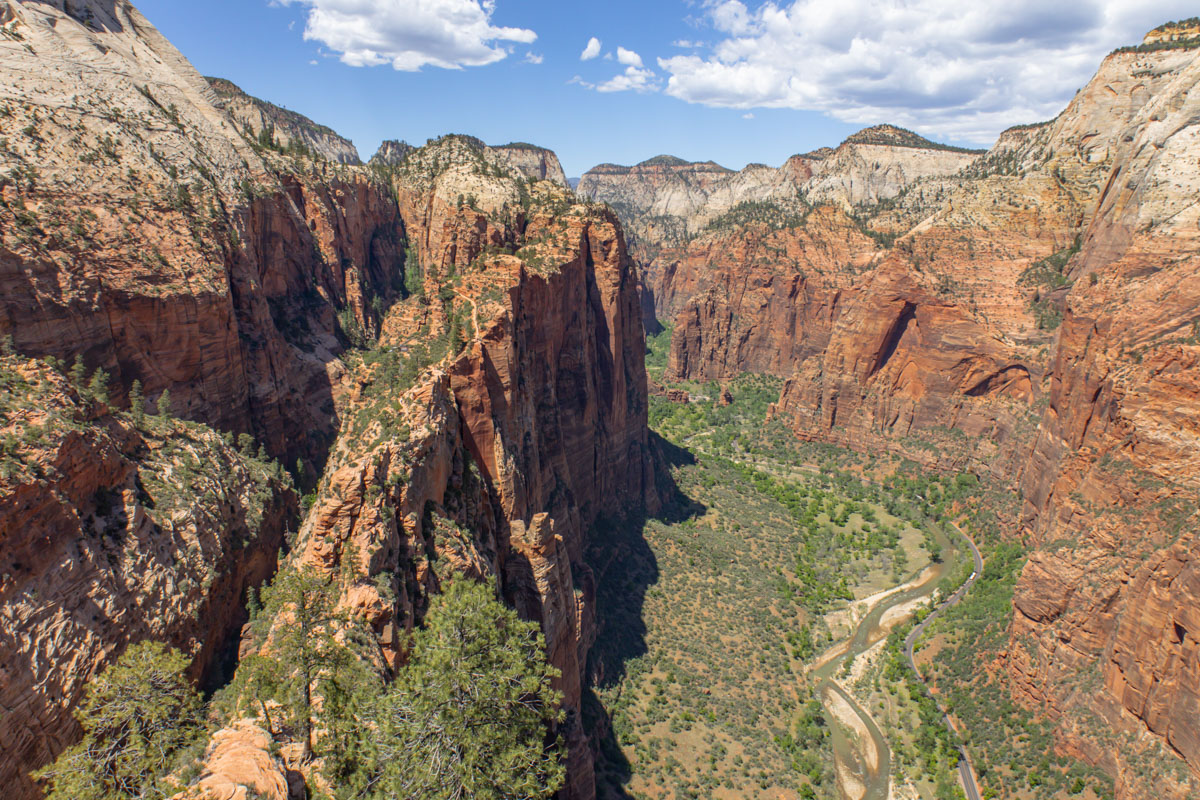
IN SHORT, YOUR PACK SHOULD INCLUDE THESE HIKING UTAH ESSENTIALS:
- A reliable hiking pack
- Trail shoes or hiking boots
- Navigation
- Sun Protection
- Layers of Clothing
- Trekking Poles
- Water
- Multi-tool or Knife
- Pepper Spray
- Snacks and Portable Cutlery
- Bug Spray
- Apple AirTag
- Camera
- First Aid Kit

PHOTOGRAPHY EQUIPMENT FOR SOLO TRAVELLERS
If you’re into photography, Utah’s landscapes will captivate you. However, solo travellers should consider the weight of extra gear. Here’s what to bring.
Camera: For high-quality images, I would highly suggest a mirrorless camera as an essential. Mirrorless cameras are lighter, making them a great addition for hiking. I invested in a Canon R6 a couple years ago and haven’t looked back, it’s been my best friend on many trails.
Camera Clip: When hiking, constantly digging your camera out of your pack can be a hassle. I highly recommend using a camera clip instead. This clip from Peak Design attaches to your bag’s strap, making it easy to clip on and off for those impromptu shots.
Tripod and Accessories: A lightweight, collapsible tripod will help capture stunning sunrise or sunset shots without burdening your backpack. It’s also perfect if you’re wanting to take a couple of self-portraits. This carbon fibre tripod from Peak Design is my favourite. Also don’t forget extra batteries and memory cards. B&H Photo, highly recommends solar-powered battery packs for multi-day trips – not a bad shout.
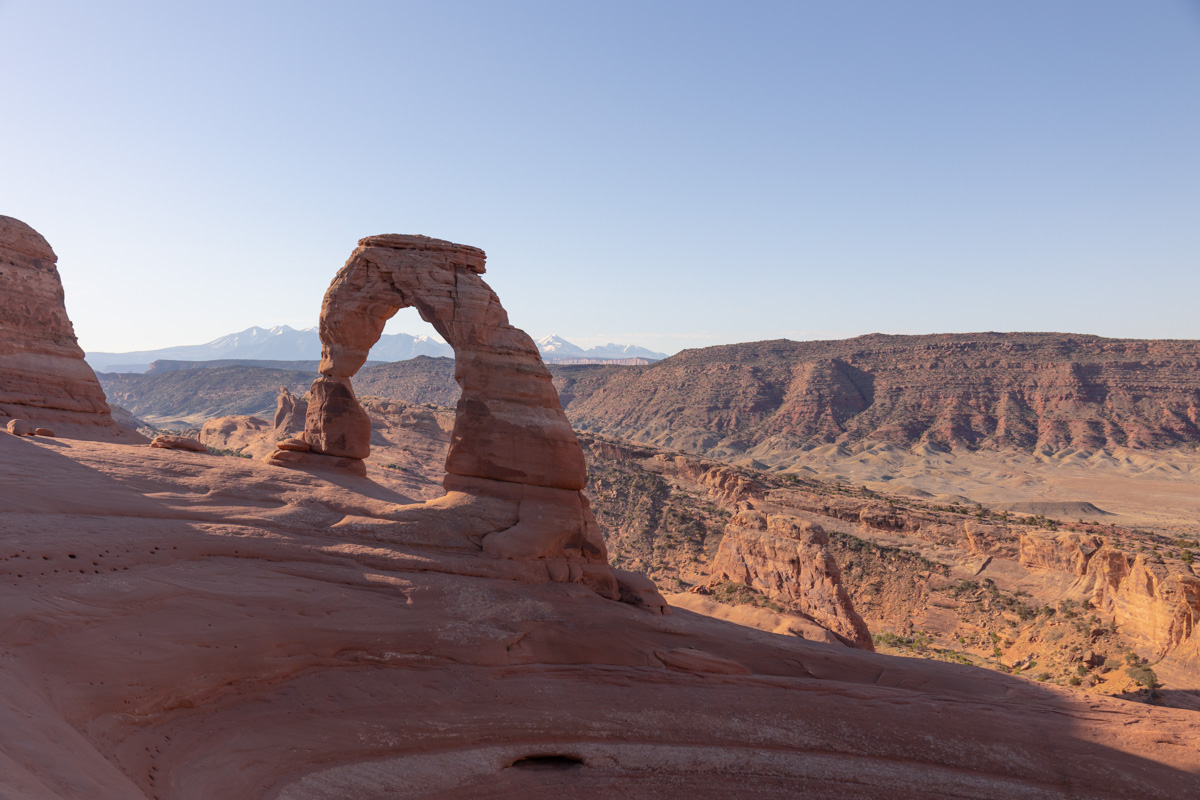
HOW TO PLAN FOR UTAH’S WEATHER AND TERRAIN
Utah’s climate can vary drastically based on location and time of year. Understanding the weather patterns and terrain will help you pack smarter. Make sure to be wary of the following as a part of you hiking Utah essentials check-list:
Elevation and Temperature Changes: Hiking in Utah often means tackling significant elevation gains. Higher altitudes bring cooler temperatures, so always pack layers. According to Weather.com, temperature drops of 10-15°F per 1,000 feet are common in Utah’s highlands.
Weather Forecasts and Alerts: Check the weather forecast before setting out and be prepared for sudden storms, especially in the desert regions. The National Weather Service provides up-to-date alerts and forecasts for hikers.
STAYING SAFE: SOLO HIKING IN UTAH
Solo hiking in remote Utah areas requires extra precautions. Here’s how to minimise risks and stay safe.
Share Your Itinerary: Always tell someone your hiking plans, including your start time, location, and expected return. The American Hiking Society advises hikers to leave a detailed itinerary with a friend or family member. I used google docs, it’s easy to plan and share.
Know Your Limits: Solo hikers should be honest about their fitness and experience levels. It’s easy to overestimate your abilities when hiking solo, but turning back is always better than risking injury.
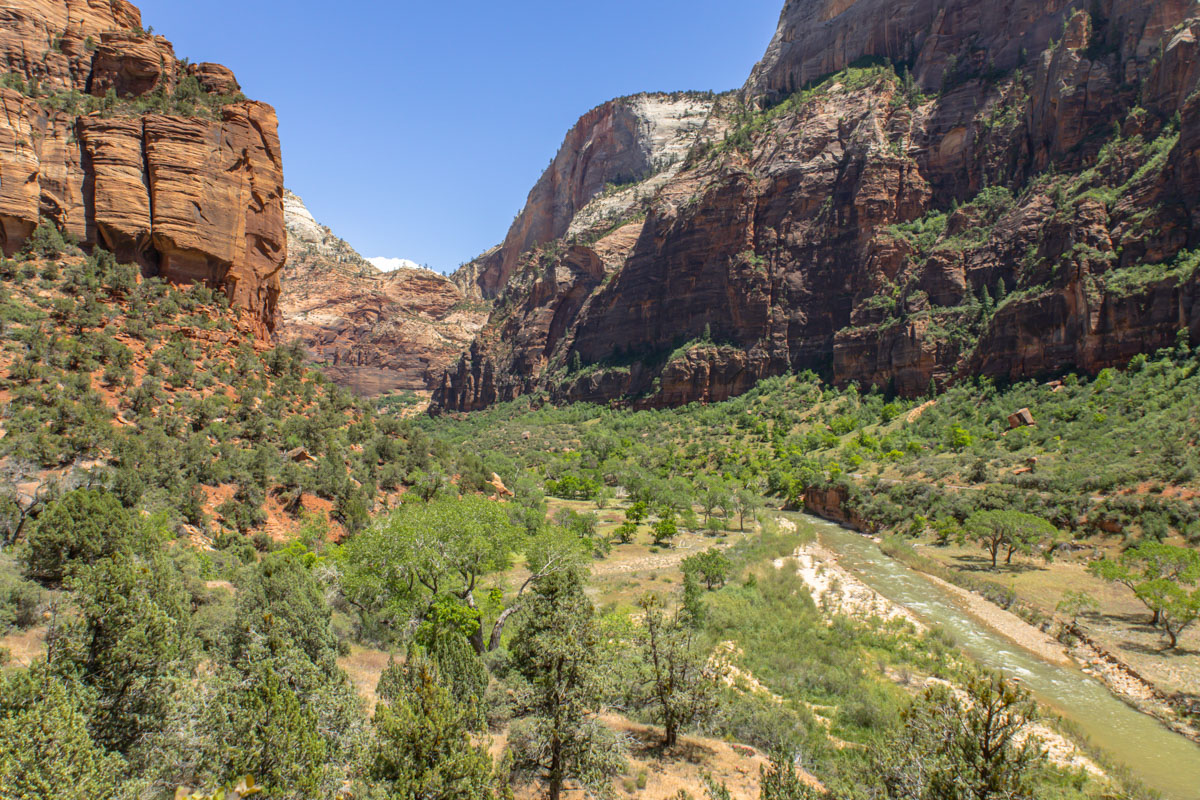
Preparing for a solo hiking trip in Utah requires careful planning and smart packing. Ensuring you have the right gear, from hiking boots to navigation tools, and not forgetting hiking essential items for Utah like sun protection and first aid supplies is crucial. Solo hikers should also prioritise emergency communication devices and extra rations to ensure a safe journey.
Utah’s landscape offers both beauty and challenges. With the right preparation, you can enjoy a safe, rewarding experience hiking Utah’s rugged terrains on your own. I absolutely loved my time hiking in Utah solo and I can’t wait to do it again. I hope by using this guide it gives you the confidence and the preparation for your adventure too.
Explore my comprehensive travel guides for more top tips for travelling around the USA.